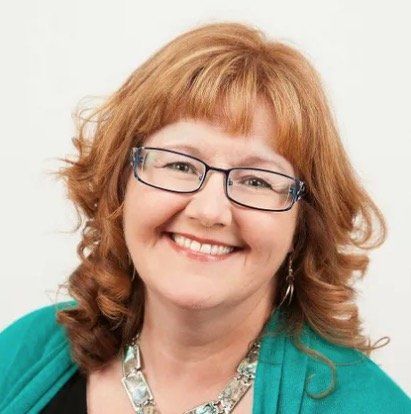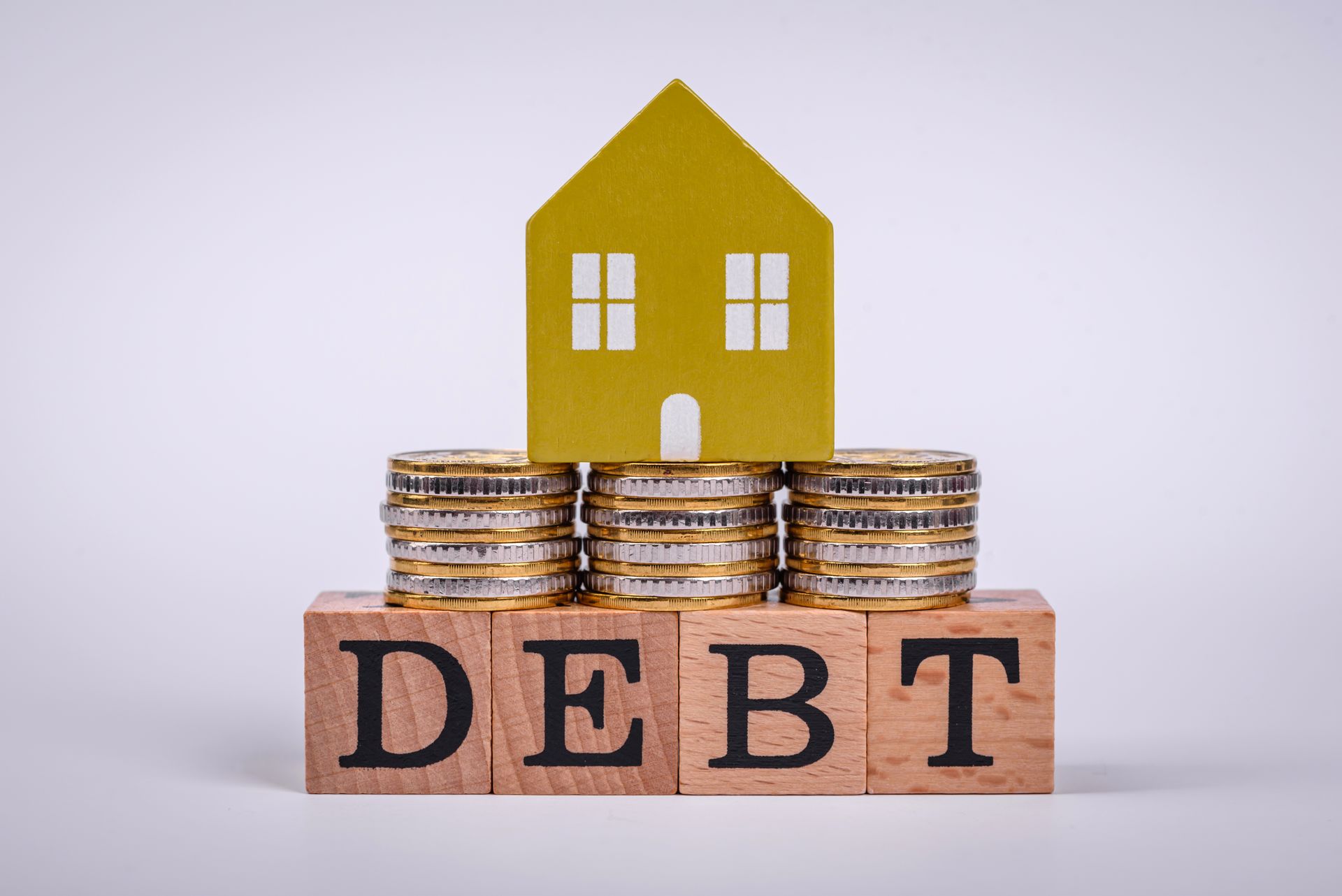Can You Port Your Mortgage??? Maybe… Maybe Not!

What is Porting a Mortgage?
Porting your mortgage means taking your current existing mortgage (along with its current rates & terms) from your current property & transferring it to another property.
People want to port their mortgage when they buy a new home and want to preserve their current interest rate OR avoid paying a penalty for breaking their current mortgage early.
What many people don’t realize is that if you decide to port your mortgage, it is like starting from square 1 on your mortgage. It requires a complete re-qualification for everyone on the mortgage, meaning a whole new application, all new employment documentation, a fresh credit check PLUS the new property needs to qualify (appraisal).
Don’t worry if the mortgage you’ll need for the new property will be larger than your current mortgage – that’s very common when porting a mortgage.
- Most lenders will offer you what’s called a blend and extend. This is essentially a weighted average of the existing mortgage and interest rate, and the new money required at a current mortgage rate.
Your mortgage is portable, right?
Most lenders claim their mortgages are portable, however porting is so complex these days that it has become one of the more over-rated mortgage features.
Let me explain:
- You don’t have enough income to qualify for the mortgage.
- If you don’t have enough provable income (i.e., your income has fallen since you last got approved), you could have a problem.
- If you become self-employed after your mortgage funds, but don’t have the required two years of tax returns showing sufficient earnings.
- BLOG: Self Employed?? Here’s What You Need to Know About Mortgages
- Your debt ratios are too high (you’re spending too much of your income on mortgage & debts).
- If your monthly debt load and housing obligations have grown too large (more of your gross monthly income is needed to finance your home & debts), you’ll be declined.
- In January 2018 the federal government implemented a Stress Test. Whichever is the highest is how you must qualify for a mortgage.
- Qualify at the Chartered Bank Benchmark Rate (Government Rate) which fluctuates (currently 5.25%).
- OR the contract rate your lender gives you PLUS 2% i.e. 5.00% + 2% = 7.00%
- Since 7.00% is the highest – that would be the stress tested rate.
- If you must qualify for a mortgage at a rate 2% higher than the lender is giving you,
your buying power decreases by about 20%.
- The new home purchase date doesn’t match up with the selling of your current home.
- If the purchase of your new home closes after the lender’s porting deadline.
- Typically, Lenders allow 30-120 days to port your mortgage from Property A to Property B (a few lenders allow up to 365 days).
- It can be difficult to get the closing dates of your current and new home to fall within porting deadline.
- Your new property doesn’t qualify.
- Lender may LOVE you, but they need to LOVE the new property as well.
- Many lenders have changed criteria on investment, leased land, age-restricted, remediated grow-op properties, well water, building flaws, co-ops, etc.
- Your credit score has fallen.
- The lender will look at your current credit score. If you no longer meet the lender’s minimum credit score (typically 680+), porting your mortgage may not be an option.
- OR if the lender allows you to port, you will pay a higher interest rate.
- BLOG: 8 Credit Rules You Need to Know, Before You Buy a Home
- You need more money.
- If you are upgrading your home, you will probably need a bigger mortgage.
- Some lenders will only port the exact same dollar amount.
- That means you may have to come up with the difference if you buy a more expensive home OR break your current mortgage.
- Please note that for lenders that allow a bigger mortgage, applying for more money while porting (a.k.a., a “port and increase”) could reduce your negotiating power because the existing lender knows you don’t want to pay a penalty to leave.
- Your current lender does not have to be competitive since you are “stuck with them” since you don’t want to pay the penalty for breaking your mortgage.
- You’ve got a variable-rate mortgage.
- Your lender may not port its variable-rate mortgages (many don’t), you may have to break it and pay a penalty.
- Some lenders will require you to convert your variable mortgage to a fixed rate before porting… typically you wouldn’t get the best rate.
- If your mortgage has a home equity line of credit (HELOC) component, note that some lenders refuse to port
HELOCs
- You can’t get bridge financing.
- If your take possession of your new property before the sale completes on your old property, you need to “bridge” the down payment until you get the cash from your sale.
- The problem is, not all lenders offer bridge financing. If yours doesn’t, and you need it, and you can’t get it elsewhere, you may have to break the mortgage.
- BLOG: Bridge Financing – How Does It Work??
- The property is outside the lending area.
- Some lenders have very restrictive lending areas.
- i.e., If you’re with a credit union, you generally can’t port out of the province.
- Many other smaller lenders have restrictions on rural properties, especially if the mortgage is not
mortgage default insured.
- You want to keep your current maturity date.
- Some lenders require you to get a brand new 5-year term when you “port” your mortgage to a new property.
- A 5-year term “could” lock you in longer than you’d prefer at a worse rate than you like.
Forewarned is forearmed. Understanding the pros & cons of mortgage portability can save you a lot of stress.
The bottom line: Mortgages are portable (in theory). However in practice, over 60% of people can NOT port their mortgage.
Any questions? Give me a call and let’s discuss a mortgage that works for you (not the bank)!
Kelly Hudson
Mortgage Expert
Mortgage Architects – A Better Way
Mobile 604-312-5009
Kelly@KellyHudsonMortgages.com
www.KellyHudsonMortgages.com



Let's do this together.
Sign up to our newsletter
Thank you for contacting me.
I will get back to you as soon as possible
Please try again later
CONNECT
604-312-5009
kelly@kellyhudsonmortgages.com
All Rights Reserved | Mortgage Architects



